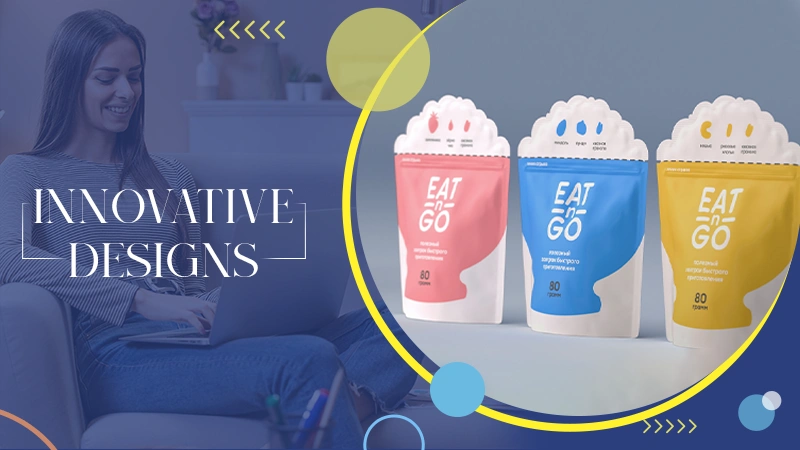How Challenge Coins are Made?
The term “Challenge Coin” itself explains completing some challenging tasks to get a coin. Initially, this term was first used in military or governmental affairs.
It is basically a symbol of appreciation given to those who work hard for it, and you cannot ignore it at any cost. This kind of appreciation is awarded openly as it is a clear sign of excellence. It started from prehistoric Greek times when a soldier gets this coin to show his commander’s identity.
Later on, the token becomes a piece of clay representing the commander’s authority, whereas now, metal has replaced clay. You can now formulate many personalized challenge coins with different shapes using numerous metals and other items. Let’s dig into more details.
Steps of Making Challenge Coins
Process of Making a Custom Coin Mold
A computer called a CAD is used to make a coin mold because making a mold for the coin is considered the first step. A Computer-Aided Design is a program that consists of custom artwork to create a digital blueprint of the final design.
By using CAD, the coin’s dimensions get recorded to enlist the material. All information is processed in another computer known as CAM (Computer-Aided Manufacturing) software. With CAM, you can operate a CNC that is used in this process. Right from the upper part of a steel block, the cutting tool helps to eradicate extra metal according to the design’s shape.
Two molds are made simultaneously, one for the front area and the other for the back portion of the coin. In case of any defects, adjustments are made in the mold until they are entirely set to the design. Later, they get solidified to bear the tremendous pressure of die striking brass. After turning red hot, the molds are then soaked in cool oil.
Die Striking Challenge Coins
Coin molds and dies are alternative names of the same thing. In this process, artwork gets embossed on the coin mold into brass. Well, this process is a bit different, and it usually depends upon the kind of coin you want to make. Coin blanks are used for making round coins.
On average, a challenge coin typically is 1.5” to 2” in size. The process might be different in other kinds of coin manufacturing. For custom-shaped coins, we need a custom-shaped cutter that helps to remove extra metal.
Rim Cutting and Deburring the Coins
After the die striking process, your coin mold needs more polishing for softness. While stamping and cutting metal makes the mold rims sharp and expands around the whole surface area of the coin mold. Deburring is making the sharp edges smooth and neat so coin mold can jump into further stages of the manufacturing. That’s why we need to deburr the edges, and it entirely depends upon the design you choose. Many possible ways are used for deburring as tumbling the coin in dry media or putting it into a machine, including soap, water, and spongy stone that strokes the coin while spinning of the machine.
Metal Plating and Color filling
While talking about soft enamel coins, the metal plating process occurs before color filling. On the other hand, hard enamel coins tend to go through the color filling process before metal plating.
Do you know soft enamel coins are the most used kind of challenge coins?
Right after deburring, coins get hanged and dipped into channels full of water. This phase is highly significant for metal plating. After falling into the water, the coins are then dipped into chemical solutions to clean the coin’s outer layer. It makes sure the coins are getting equal layering of metal plating.
Usually, gold, silver, or copper is used for metal plating, but sometimes black nickel coins are also made. During the dipping time of coins, an electric current is passed through the chemical solution having coins. After this phase, coins get dried and sent for color filling.
The color filling process can be done with hands or even with automatic machines. Soft enamel challenge coins are almost done at this point once they get filled with colors.
The colorful areas seem overfilled on the hard enamel coins, whereas soft enamel coins usually need a small amount of paint to fill up the spaces. After the color filling process, coins get polished for the final touch. In the polishing procedure, excess enamel paint gets eliminated to make the coins look shiny and smooth.
Laser Impression and Quality Control
Now, a challenge coin is almost ready to use. Well, it basically depends on the design because some coins need laser engraving in the last. If your coin has more minor details, you tend to use laser impression because it is impossible to do with the die striking method.
Whatever you need to do with a laser is possible to add on a coin. Again it depends on the kind of design your coin has. After that, you need to check on the quality control and packaging process. Each coin needs to be checked to ensure shipment. All the coins with imperfections got aside and sent back to go through the same process.
That’s it! Your challenge coin is ready to use. With a well-known company, you can make it possible to get high-quality challenge coins of whatever design and shape you like. Now, you have a thorough understanding of the complete manufacturing process of challenge coins. So, you don’t need to worry about making one for yourself.
If you are interested in making a coin, do contact a reliable brand that can help you. Keep updating yourself, and you’ll get what you want!
Follow Us
Latest Post















